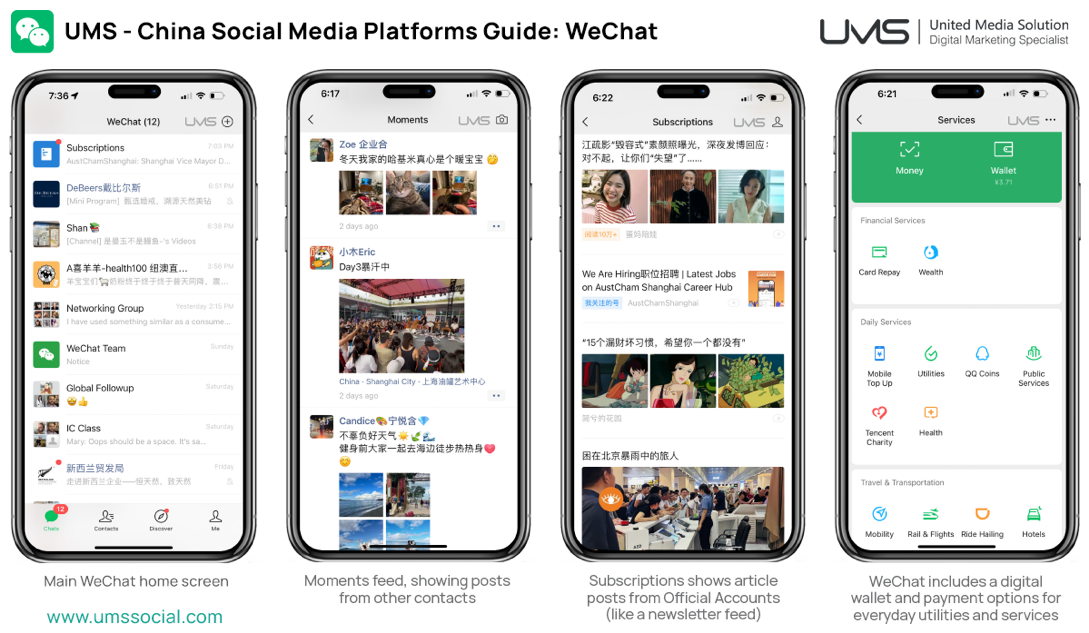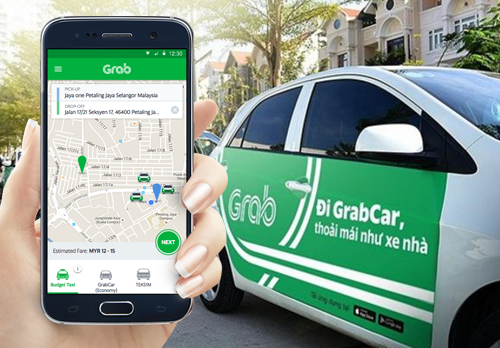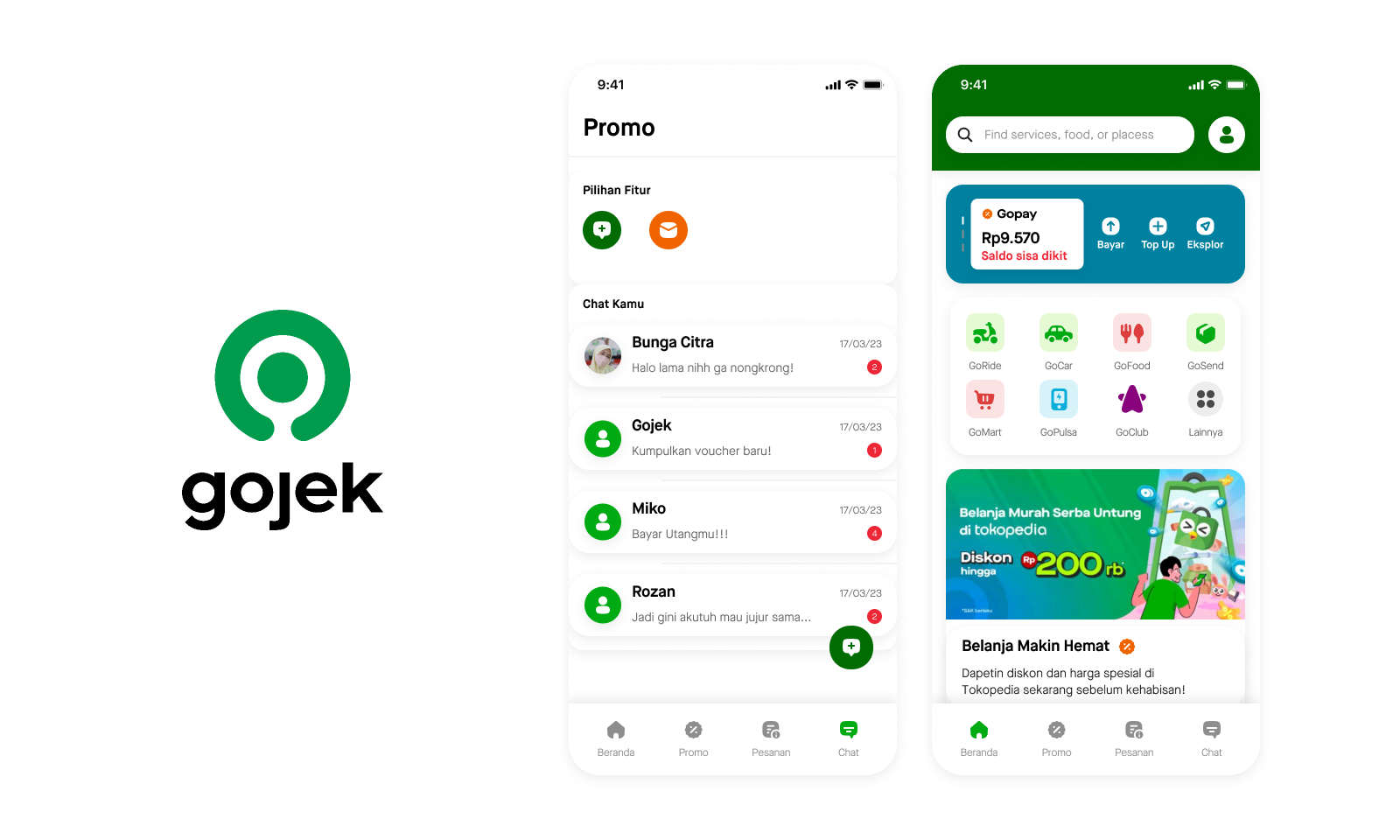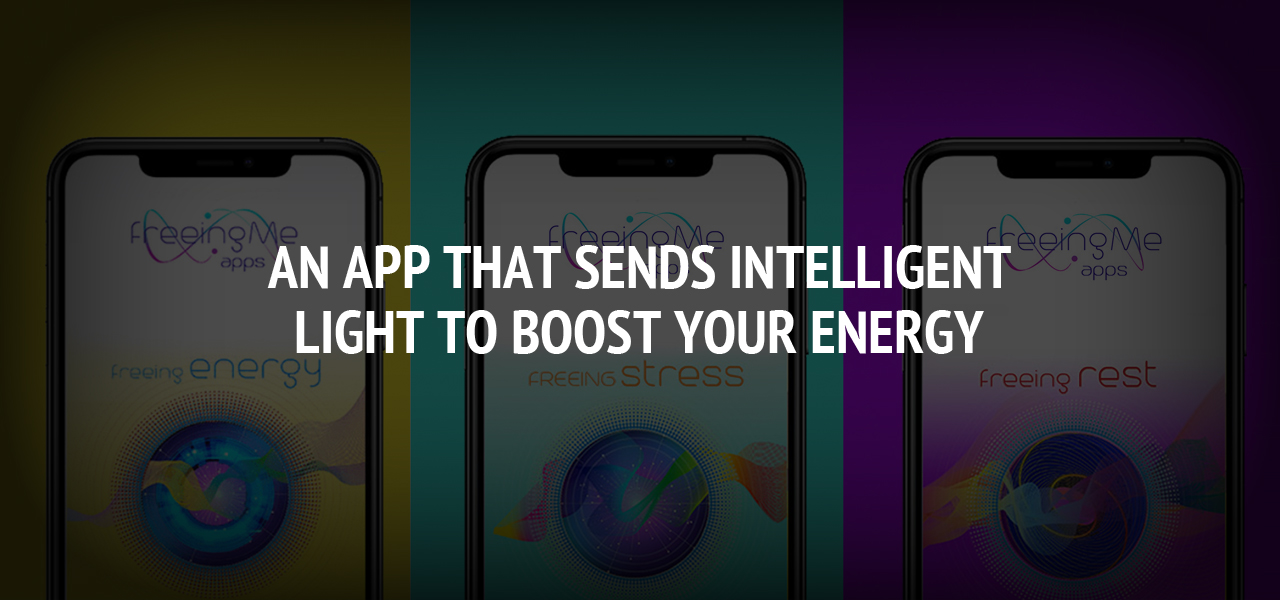The Next Revolution in the Mobile Industry: AI-Driven Super Apps

Table of Contents
- Introduction
- What are Super Apps?
- Market Examples and Success Stories
- Benefits of Super Apps: Redefining Digital Convenience
- Key Features: What Makes Super Apps a One-Stop Digital Solution
- Core Service Integration
- Omnichannel Experience Design
- Unified Authentication and Data Sharing
- Contextual AI Assistance
- Building AI-Powered Super Apps: Technologies Powering Super App Development
- Super App Development: Challenges and Considerations
- Future Outlook
Introduction
The mobile app industry is on the cusp of another major revolution - AI-powered Super Apps. While traditional apps have dominated digital experiences for over a decade, AI-driven super apps are emerging as the new paradigm that will fundamentally reshape how users interact with mobile technology.
Super apps, also known as one-stop digital solutions, consolidate multiple functions into a unified platform. This unification of mobile experiences has resulted in a market projected to reach US$426 billion by 2030.
This transformation isn't merely about adding more features to existing applications; it represents a strategic shift toward integrated user journeys that solve app fragmentation and digital convenience challenges. For C-suite executives evaluating digital transformation strategies, understanding the AI super app revolution is critical for maintaining competitive relevance in an increasingly consolidated mobile ecosystem. Read on to see why super apps are the next big revolution and why you should strategize to build one.
What are Super Apps?
A super app is an all-in-one mobile solution that integrates multiple services and functionalities into a single, intelligent interface. Unlike traditional single-purpose applications, these next-generation mobile super apps present a wide range of services (from messaging and payments to shopping and transportation) in one place, eliminating the need to download and manage dozens of separate applications.
Building on this foundation, AI-driven super apps are modern solutions with an intelligence layer. This intelligence layer, created using AI and ML algorithms, examines user behavior patterns across all integrated services to anticipate needs, automate routine tasks, and provide personalized recommendations.
Market Examples and Success Stories
Below are three prominent examples of AI-integrated super apps:
1. WeChat: The AI-Enhanced Pioneer
A Chinese-origin ‘everything app’ that began as a simple messaging platform now serves over 1.2 billion monthly active users. The platform integrates social media, digital payments, eCommerce, gaming, and access to government-provided services. Recent AI-powered enhancements include:
- Yuanbao chatbot, an in-app friend to guide users
- DeepSeek-based search function for more contextual answers
- Implicit labeling of AI-generated content to keep users informed
2. Grab: Southeast Asia's Intelligent Mobility Leader
Originally launched as a ride-hailing service, Grab has evolved into Southeast Asia's premier AI super app, boasting over 180 million monthly users. The one-stop digital solution now offers transportation, food delivery, digital payments through GrabPay, financial services, and logistics. Grab’s AI-driven super app capabilities include:
- AI-powered ride guidance
- Dynamic price optimization
- Predictive ride demand forecasting
3. Gojek: Indonesia's Multi-Service AI Platform
Gojek is a prime example that demonstrates how AI-driven super apps can achieve market dominance by integrating strategic services. Starting as a motorcycle taxi service, Gojek now offers over 20 services, including ride-hailing, food delivery, digital payments, and logistics. Gojek’s AI-powered offerings:
- An electronic money service
- ML-based route optimization
- Google cloud-based data storage and retrieval
Benefits of Super Apps: Redefining Digital Convenience
Super apps are redefining digital convenience.
1. User Convenience Revolution
With an AI-driven super app, users can complete complex, multi-step tasks through single interfaces. They do not have to switch between multiple apps for separate actions, resulting in a hassle-free, smooth mobile experience.
2. Business Economic Advantages
Super app development is a revenue diversification model in disguise. These apps generate significant economic benefits through reduced customer acquisition costs and increased lifetime value. Instead of spending $50 to acquire customers for individual services, businesses can convert existing users to new services at minimal cost.
3. Data-Driven Decision Making
AI super apps are a great source of voluminous real-world user data. This data generates comprehensive user insights across multiple service categories, enabling more informed business decisions and product development.
4. Market Efficiency Benefits
AI-powered super apps create network effects, where each additional user and service increases the platform's value for all participants. This creates sustainable competitive advantages and market positions that become increasingly difficult for competitors to challenge.
Key Features: What Makes Super Apps a One-Stop Digital Solution
Core Service Integration
Modern AI-powered super apps utilize custom ML algorithms to establish seamless connections between various services. For instance, when users book a ride, the AI model can automatically suggest restaurant reservations at their destination, integrate calendar appointments, and optimize payment methods.
Omnichannel Experience Design
Successful AI super apps create omnichannel experiences that work seamlessly across mobile, web, and physical touchpoints. Whether users access services through their smartphone, desktop browser, or even physical store locations, the platform maintains continuity.
Unified Authentication and Data Sharing
Next-gen mobile super apps eliminate friction through single sign-on capabilities and context-aware data sharing across services. Users authenticate once and gain access to all platform services, while AI algorithms use cross-service data to enhance personalization and streamline experiences.
Contextual AI Assistance
Advanced AI super apps include conversational interfaces that can handle complex, multi-service requests through natural language processing (NLP). Consequently, users can expect the task to be done even if they input detailed queries, such as “book dinner near my next meeting and arrange transportation.”
Building AI-Powered Super Apps: Technologies Powering Super App Development
Enabling such unified, intelligent mobile experiences requires a consciously chosen tech stack and a detailed super app development strategy.
Artificial Intelligence (AI) and Machine Learning (ML): AI and ML have become fundamental to super app development, serving as the intelligence layer that transforms basic service aggregation into predictive, personalized ecosystems. Commonly used AI/ML algorithms in super apps:
- Hierarchical Clustering
- K-Means
- Gradient Boost
- Random Forest
Development Frameworks (Flutter, React Native) and Architectures (Microservices): Modern super app development hinges on frameworks like Flutter, React Native, and .NET MAUI to achieve a faster go-live while maintaining native performance.
It also demands modular, cloud-based architectures (such as microservices hosted on AWS, Azure, or Google Cloud) that enable independent scaling of services and rapid integration with third-party services. This approach allows for platforms to introduce new services without compromising existing functionality, which is crucial for maintaining competitive agility.
5G and Performance Technologies: Ultra-low latency 5G networks enable real-time features that weren't feasible with previous connectivity standards. With these features, AI-driven super apps can now offer instant video commerce, language translation, and augmented reality (AR) experiences that require millisecond response times.
Security and Compliance Tech: Any viable super app development strategy must address security as the foundation for user trust and regulatory compliance. Hence, multi-layered security architectures are used to protect user data across diverse services while enabling seamless authentication (OpenID Connect, OAuth, and SAML).
Super App Development: Challenges and Considerations
While there are several benefits of super apps, building them isn’t straightforward. You may face the following challenges:
-
Technical Complexity: Super app development requires sophisticated architectures that integrate multiple services while maintaining a reliable security posture. Managing cross-service data flows, ensuring a consistent user experience across diverse functionalities, and implementing real-time AI processing across all verticals also requires specialized expertise.
-
Market and Regulatory Hurdles: AI-driven super apps face complex regulatory landscapes that vary by region and service category. Data privacy requirements (GDPR, CCPA, SOC 1 and 2, etc), financial service regulations (Anti-Money Laundering, Know Your Customer), and platform governance rules create compliance challenges.
-
Resource and Investment Barriers: As development timelines extend two to three times beyond traditional apps, a successful super app development strategy requires significant upfront investment in technology infrastructure, AI capabilities, and multidisciplinary teams.
You will have to evaluate multiple methods, including build-versus-partner with an AI app development company. You may even have to consider hiring dedicated app developers (if building from scratch) or hiring AI developers (if adding AI capabilities to an existing app ecosystem).
Future Outlook
The booming AI-driven super apps market is a clear indication of its global expansion beyond Asian origins, with projections reaching billions of dollars in the next couple of years. You can expect these apps to evolve into comprehensive digital assistants managing increasingly complex and unrelated user needs through a single, intelligent interface.
This revolutionary shift is driving organizations to explore AI-powered ‘everything apps’ as the next phase of their digital transformation. Those that delay working on a super app development strategy risk competing against established platforms that enjoy more revenues, better market positions, and a broader user base. So transform your digital strategy today, or spend tomorrow explaining to stakeholders why you missed the super app revolution.
About The Author
Related Blog
View All-
An app that sends intelligent light to boost your energy
FreeingEnergy App Grahame Martin, the inventor of freeingMe apps, first had the idea of creating an energy app because he had a drop in energy in the afternoons and he wanted a boost. He has been investigating the hundreds of energy systems in the human body for ...
-
4 Tips on How to Make Your App Accessible
App accessibility is becoming more and more important in the growing world of mobile technology. If you have your heart set on occupying the next #1 spot in the App Store, it is crucial to make your app easy to use for people with all different abilities. There ...










